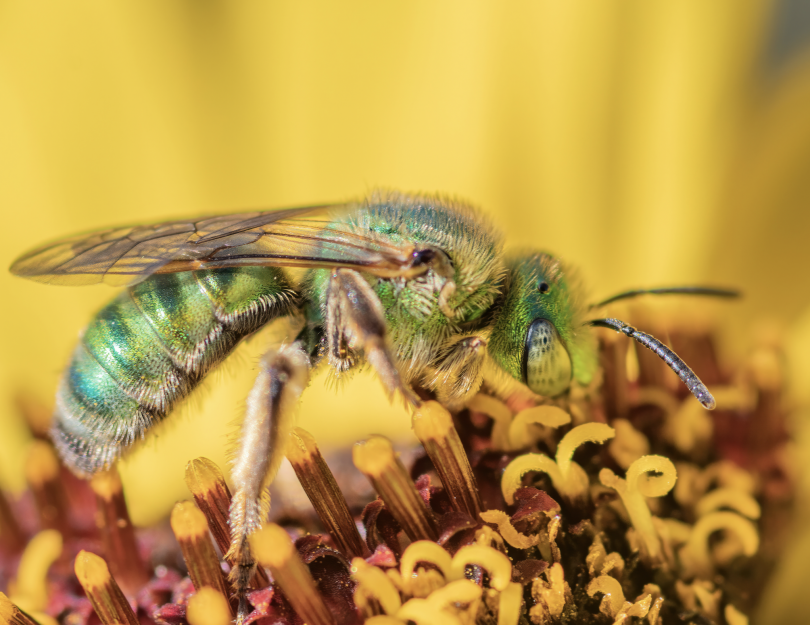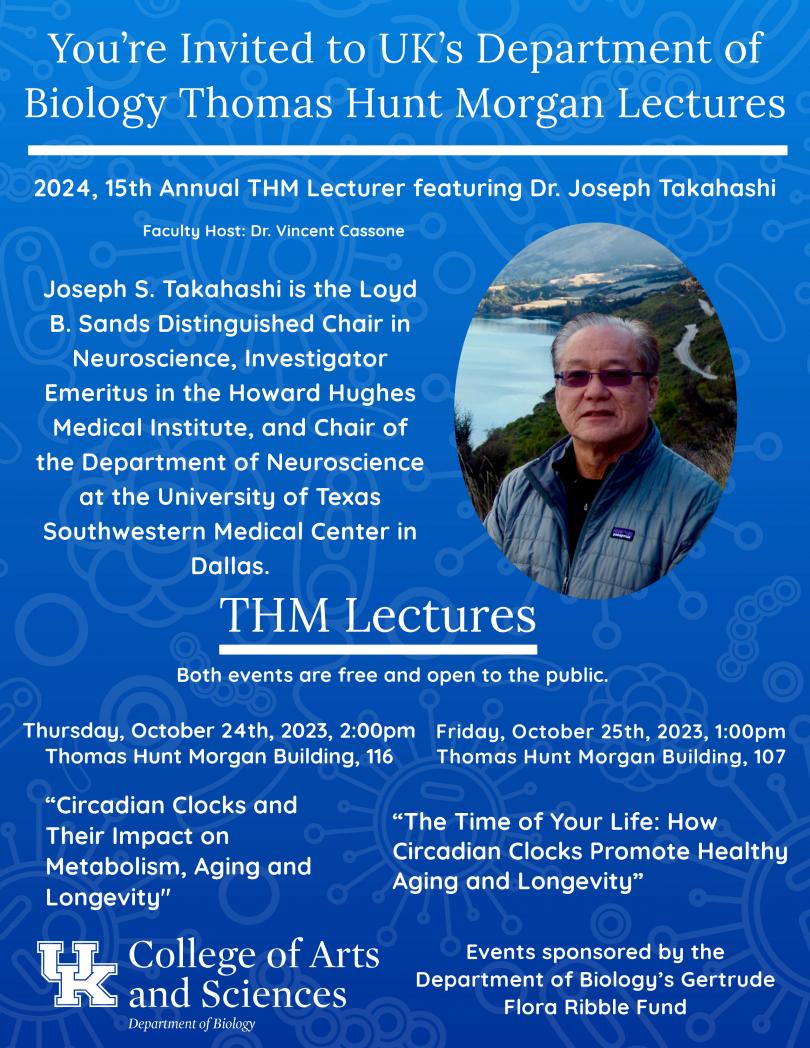"Bee Biodiversity and Natural History Collections"

Dr. Katja Seltmann
Bio:
Katja Seltmann is the Director of the Cheadle Center for Biodiversity and Ecological Restoration at the University of California, Santa Barbara. The Cheadle Center manages 400 acres of restored habitat in coastal central California and maintains a natural history collection of over half a million specimens. Her research blends data science, digitized collections, and media arts to understand insect biodiversity, conservation, and evolution. Katja is currently leading the "Extending Anthophila Research Through Image and Trait Digitization" (Big-Bee) project, funded by the U.S. National Science Foundation. This multi-year initiative focuses on digitizing bee collections by capturing high-resolution images of bee specimens and creating detailed datasets of their traits. The project involves collaboration with thirteen U.S. institutions and government agencies, aiming to enhance research capabilities and support bee biodiversity conservation efforts.
Abstract:
Functional traits of bees, such as pilosity (hairiness), wing patterns, and dietary preferences, are important for understanding their ecology and evolution. These traits influence pollen collection, pollination efficiency, temperature regulation, and resilience to environmental changes. In this seminar, I will share our work at UC Santa Barbara's Cheadle Center for Biodiversity and Ecological Restoration, where we utilize computer vision and machine learning to analyze high-resolution bee images and large specimen datasets from natural history collections. Our methods offer innovative ways to explore bee biodiversity, including findings that climate and evolutionary history may influence bee hair patterns, that population variations can be detected through wing venation analysis, and that the pollen diet of bees can be predicted based on range size and other factors. Overall, our research provides deeper insights into bee biology and trait evolution and shows potential for improving bee health and conservation monitoring by identifying traits related to resilience and stress.

Watch the seminar here!


